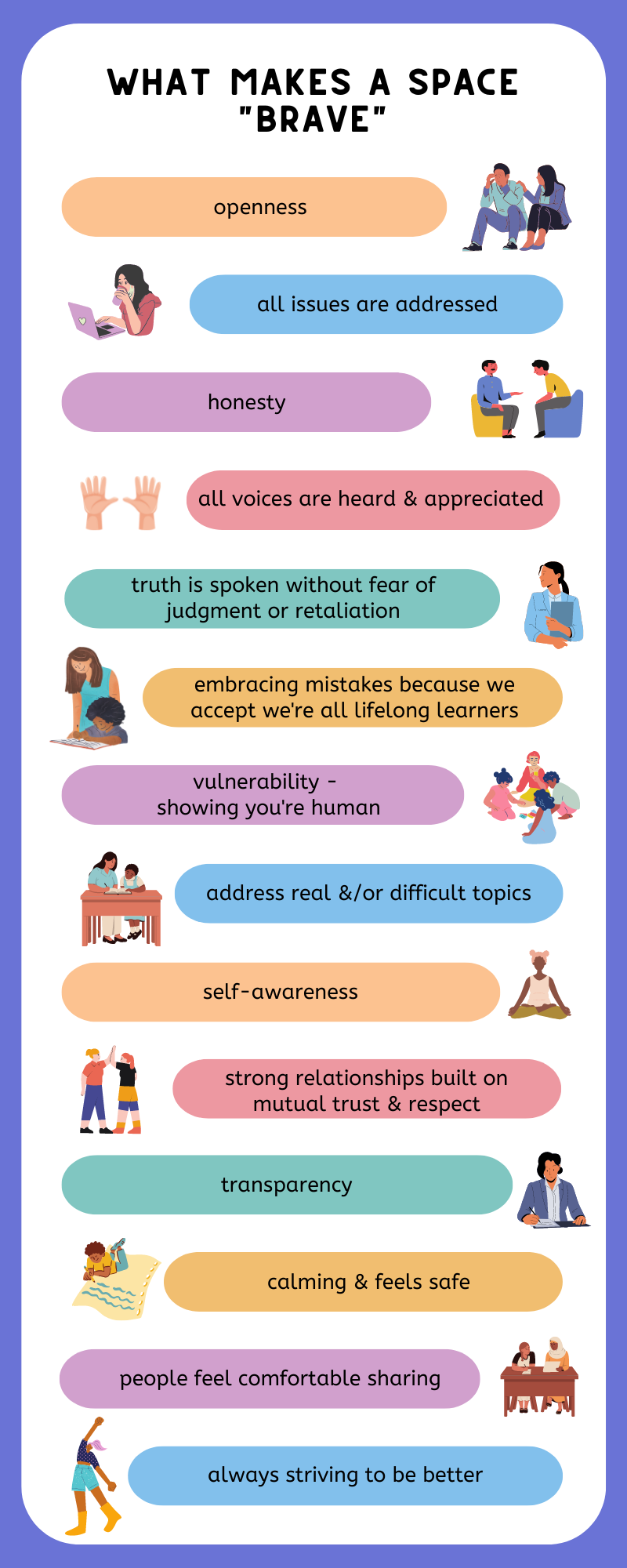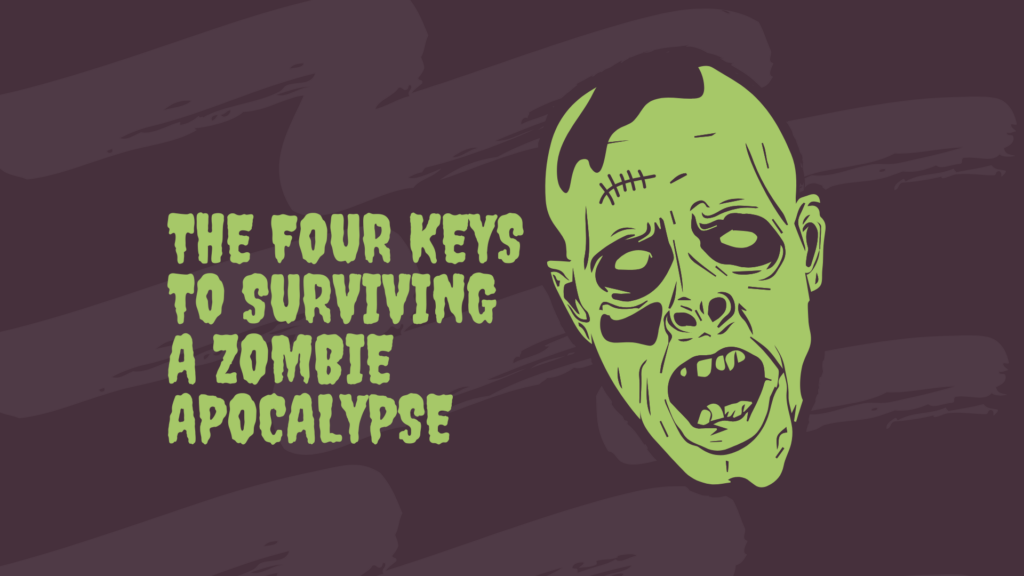Creating Brave Spaces With Staff and Students: How to Build a Culture of Trust & Transparency

We have the right to start somewhere and continue to grow. We have the responsibility to examine what we think we know. We will not be perfect. This space will not be perfect. It will not always be what we wish it to be.
– Micky ScottBey Jones

INTRO
Whether with staff or students, we avoid certain topics for fear of conflict or discomfort. When we avoid these tough conversations, however, it can lead to confusion, anger, and distrust. We also lose out on the opportunity to deepen connection and understanding.
How do we plan and structure these conversations? How can we harness the “heat” of disagreement and work toward shared solutions?
OBJECTIVES
- Understand what makes a space “brave” and evaluate your school’s culture
- Brainstorm ways to start transforming your school’s culture to be “brave”
As educational leaders, we aim to create environments where everyone feels valued, heard, and empowered. Achieving this means cultivating not just safe spaces but brave spaces—environments where individuals can engage in honest, respectful dialogue, even when conversations are challenging.
Brave spaces go beyond ensuring physical and emotional safety. They encourage students, educators, and families to confront uncomfortable truths, address biases, and celebrate diverse perspectives.
Untitled Poem by Beth Strano
There is no such thing as a “safe space” —
We exist in the real world.
We all carry scars and have caused wounds.
This space
seeks to turn down the volume of the world outside,
and amplify voices that have to fight to be heard elsewhere,
This space will not be perfect.
It will not always be what we wish it to be
But
It will be our space together,
and we will work on it side by side.
Reflection
Think of a recent time when you were faced with a conflict or difficulty with a student, teacher, parent, or someone else in your school community.
- How did you approach the situation?
- How would like to handle similar situations in the future?
- How can you plan and structure these kinds of conversations?
Review the “What Makes a Space ‘Brave'” list and think about the following
- Which are consistently present within your school’s culture?
- Which are lacking/missing?
- What can you do within the next week to start making your school more “brave”?
- In the next 3-6 months?
- During the next school year?
The following list was generated by school leaders in our community during a Crowdsource workshop. This is not an exhaustive list; feel free to make it your own with other methods you know to be successful.
- openness
- all issues are addressed
- honesty
- all voices are heard and appreciated
- truth is spoken without fear of judgement or retaliation
- embracing mistakes because we accept we’re all lifelong learners
- vulnerability – showing you’re human
- address real &/or difficult topics
- self-awareness
- strong relationships built on mutual trust and respect
- transparency
- calming & feels safe
- people feel comfortable sharing
- always striving to be better

Tactics to Raise or Lower the Heat
How can you harness the “heat” of disagreement and work toward shared solutions?
- Focus on the technical aspects
- Bring the conflict to the surface using data to drive the conversation
- Listen intently
- slow the speaker down so you can write it down
- restate the person’s concerns
- Establish a common structure for problem-solving
- Address the real problem by way of questioning
Manage the Heat
Ask Questions
This resource was developed from a Portico Community Crowdsource workshop centered on creating brave spaces with staff and students to build a culture of trust and transparency.
Stay in the Loop
Subscribe to Our Newsletter






Responses